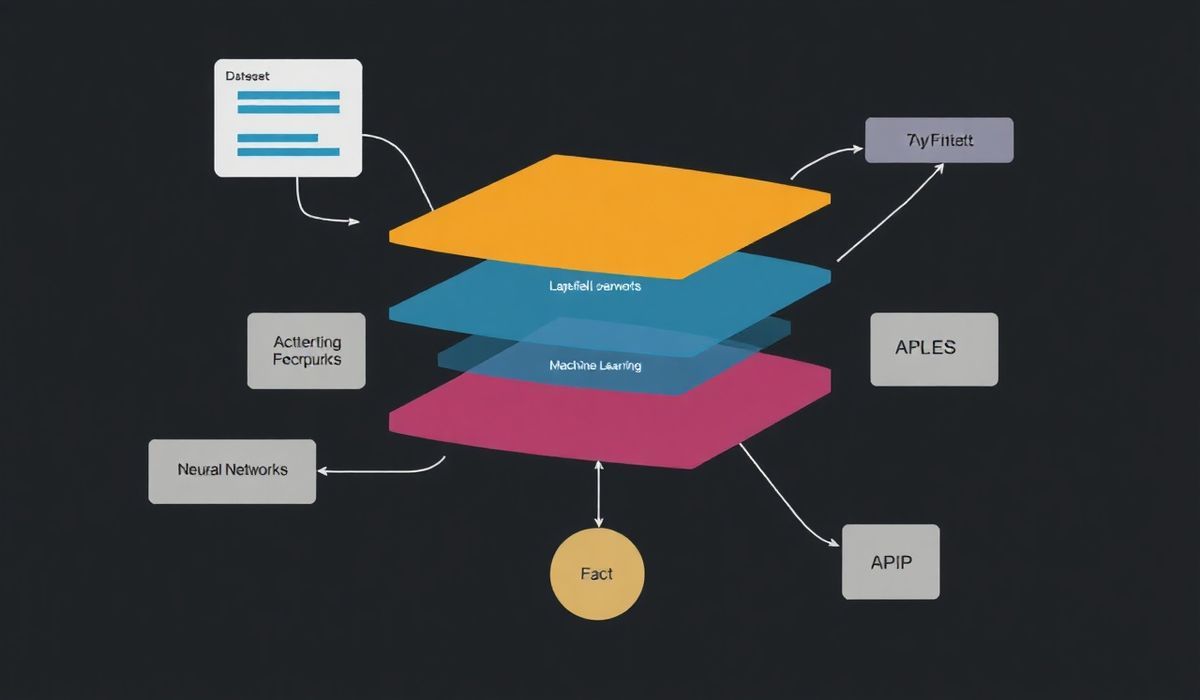Introduction to `log-update-logger`
The log-update-logger package is a powerful tool for developers to manage logging efficiently in their JavaScript applications. It provides a collection of useful APIs that simplify logging, making it more manageable and readable. In this article, we’ll explore the key features of log-update-logger with code snippets and an application example.
Key Features and APIs
Basic Logging
Example of basic logging:
const logger = require('log-update-logger');
logger.log('This is a log message.'); logger.info('This is an info message.'); logger.warn('This is a warning message.'); logger.error('This is an error message.');
Setting Log Level
You can set the log level to filter messages:
logger.setLevel('warn');
logger.log('This will not be shown.'); logger.info('This will not be shown.'); logger.warn('This is a warning message.'); logger.error('This is an error message.');
Custom Log Formats
Define custom log formats:
logger.setFormat('custom', ({ level, message }) => {
return `[${new Date().toISOString()}] ${level.toUpperCase()}: ${message}`;
});
logger.log('This is a log message with custom format.');
Log File Output
Write log messages to a file:
logger.setOutput('file', 'application.log');
logger.log('This log message will be saved to application.log.');
Async Logging
Example of asynchronous logging:
const asyncLogger = async () => {
await logger.log('This is an async log message.');
};
asyncLogger();
Using Loggers in Functions
Integrating loggers within functions:
function fetchData() {
logger.log('Fetching data...');
// Simulate data fetch
setTimeout(() => {
logger.info('Data fetched successfully.');
}, 2000);
}
fetchData();
Application Example
Here’s a complete example integrating the discussed features:
const logger = require('log-update-logger');
// Set log level logger.setLevel('info');
// Set custom log format logger.setFormat('custom', ({ level, message }) => {
return `[${new Date().toLocaleTimeString()}] ${level.toUpperCase()}: ${message}`;
});
// Function to simulate an application workflow function runApp() {
logger.log('Starting application...');
fetchData();
processData();
}
// Function to fetch data function fetchData() {
logger.log('Fetching data...');
setTimeout(() => {
logger.info('Data fetched successfully.');
processData();
}, 1000);
}
// Function to process data function processData() {
logger.log('Processing data...');
setTimeout(() => {
logger.info('Data processed successfully.');
logger.warn('Processing complete. Check the data for accuracy.');
}, 1000);
}
// Run the application runApp();
By using the above example, developers can efficiently handle logging within their JavaScript applications using the log-update-logger package.
Hash: 2861977ae7fa369bc69a3e6047186a78299e5e52954cb8f2d3aa219a8a034a0b




